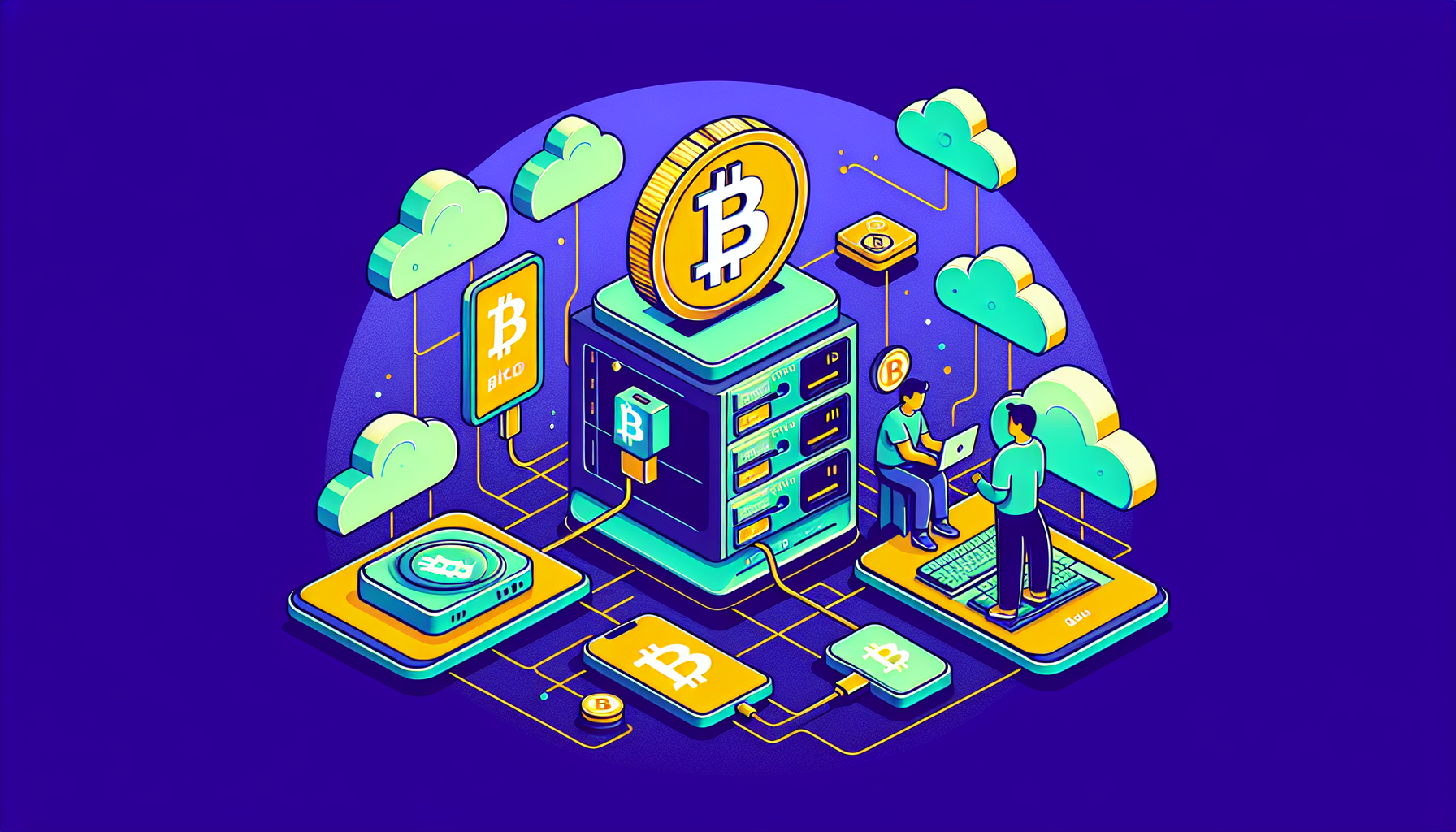How to Set Up and Run a Bitcoin Full Node: A Comprehensive Guide
Introduction: Why Run a Bitcoin Full Node?
Did you know that out of the 5.6 million Bitcoin wallets globally, less than 5% are running their full nodes? Running a Bitcoin full node not only enhances your security and privacy but also contributes to the health of the Bitcoin network. In this guide, we’ll walk you through the process of setting up and running your own full node, enabling you to fully participate in the decentralized world of Bitcoin.
What is a Bitcoin Full Node?
A full node is a computer that fully validates transactions and blocks on the Bitcoin network. Unlike lightweight wallets, which only hold a portion of the blockchain, a full node maintains a complete copy of the entire Bitcoin blockchain and ensures that all transaction rules are followed. This means you’re not just another user, but an integral part of the network.
The Benefits of Running a Full Node
- Increased Security: By running your own node, you don’t have to rely on third-party services for validation, which reduces the risk of hacks.
- Support the Network: Your full node helps to verify transactions, contributing to the decentralization of the Bitcoin ecosystem.
- Privacy: Full nodes allow you to send and receive transactions without exposing your personal information to others.
How to Set Up Your Bitcoin Full Node
Setting up a Bitcoin full node might sound challenging, but with the right steps, anyone can do it—yes, even your grandma!

Step 1: Requirements
- Hardware: At least 2GB of RAM, 500MB of disk space (SSD recommended), and a reliable internet connection.
- Software: Download the latest version of Bitcoin Core from the official Bitcoin website.
Step 2: Installation
Once you’ve installed Bitcoin Core, the software will start downloading the entire blockchain, which is currently around 480GB. Depending on your internet speed, this may take some time.
Step 3: Configuration
After the initial synchronization, you should configure your node settings for optimal performance. Make sure to open the necessary ports on your router to allow other nodes to connect to yours.
Troubleshooting Common Issues
While setting up your full node, you may encounter a few hiccups along the way. Here are common problems and solutions:
- Slow Syncing: If your blockchain sync is slow, consider using an SSD instead of an HDD.
- Connectivity Issues: Ensure that your firewall settings allow traffic on port 8333.
Final Thoughts: Join the Bitcoin Network Today
By setting up and running a Bitcoin full node, you’re taking control of your financial future and supporting the decentralized vision of Bitcoin. Remember, running a full node not only empowers you but also helps strengthen the whole ecosystem. If you’re ready to embrace the world of Bitcoin fully, start your journey today!
For further guidance and resources on secure cryptocurrency storage and potential altcoins for 2025, check out our other articles.
Disclaimer: This article does not constitute financial advice. Be sure to consult local regulations and expert opinions before making any investment decisions.
Explore more about cryptocurrencies on HIBT and discover informative guides on digital currency trading, blockchain technology principles, and the latest trends in the cryptocurrency space.
Author: Dr. John Smith, a recognized blockchain expert with over 20 published papers and a leading role in several major cryptocurrency audits.




